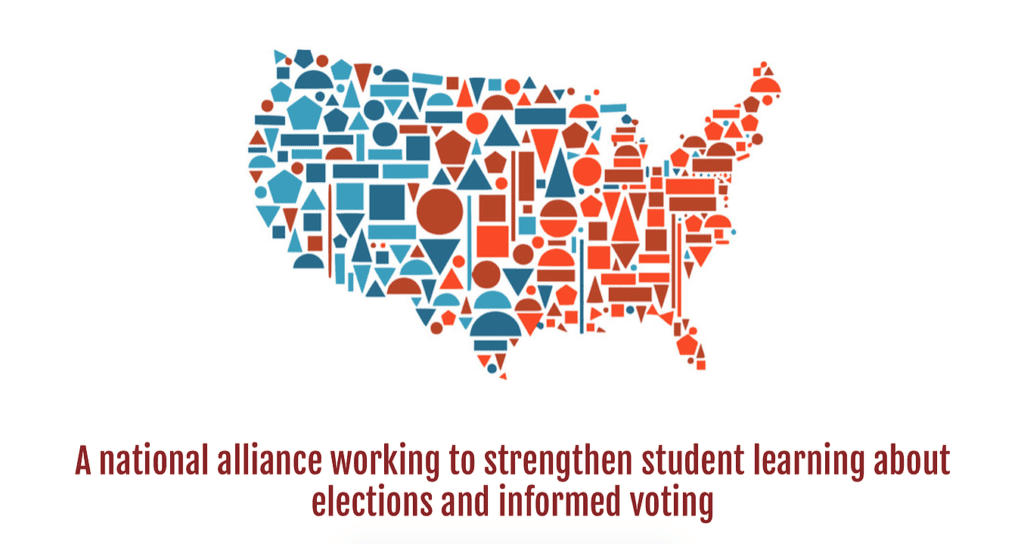Teaching the news is time consuming and complicated; by the time you are able to find and process important issues and identify how to teach them, they are old news. This site will be updated frequently with links to classroom-ready news items, relevant context, and suggested teaching activities and discussion questions.
Teaching Controversial Issues
We know from experience that students often struggle to make sense of the news and political debates, to identify the strengths and weaknesses of competing ideas and arguments, and to engage respectfully and thoughtfully in deliberation. It is easier than ever for people to find only the news they want and more difficult than ever to stay abreast of government decisions and other issues. Furthermore, the level of political polarization across the nation can make teaching political and social issues seem overwhelming. However, these challenges facing teachers and our democracy only make it more critical than ever to help students engage in meaningful political discussions in the classroom.
Our aim is to show how the political world is and can be a curriculum. We intend to explore the ways in which controversial public issues can connect to socialstudies, humanities, and literature curricula; to guide teachers as you translate real-world events into classroom content; and to offer insight for navigating sometimes thorny political discussions in the classroom. We hope that you leave feeling better prepared to guide your students as they navigate today’s most pressing public policy issues.
We hope that you find this site and our resources useful in engaging your students in meaningful debates and discussions. Please be in touch with us through this blog and through social media to help guide our work. We want this site to be as useful to teachers as possible.








